how to crate train dog with separation anxiety
How to Crate Train a Dog with Separation Anxiety
Separation anxiety is a common problem in dogs, and it can be very stressful for both the dog and the owner. Dogs with separation anxiety experience extreme distress when they are left alone, and they may show a variety of symptoms, such as barking, whining, pacing, destructiveness, and self-injury.
Crate training can be a helpful way to manage separation anxiety in dogs. By providing your dog with a safe and comfortable space to retreat to when you're not home, you can help to reduce their anxiety and stress.
What is Crate Training?
Crate training is a process of teaching your dog to view their crate as a safe and comfortable place. When you're crate training your dog, you're essentially teaching them that the crate is their "home away from home."

Crate training can be beneficial for dogs of all ages, but it's especially helpful for dogs with separation anxiety. By providing your dog with a crate, you can give them a place to go where they can feel safe and secure when you're not home.
How to Crate Train a Dog with Separation Anxiety
Crate training a dog with separation anxiety can take time and patience, but it's definitely possible. Here are a few tips to help you get started:
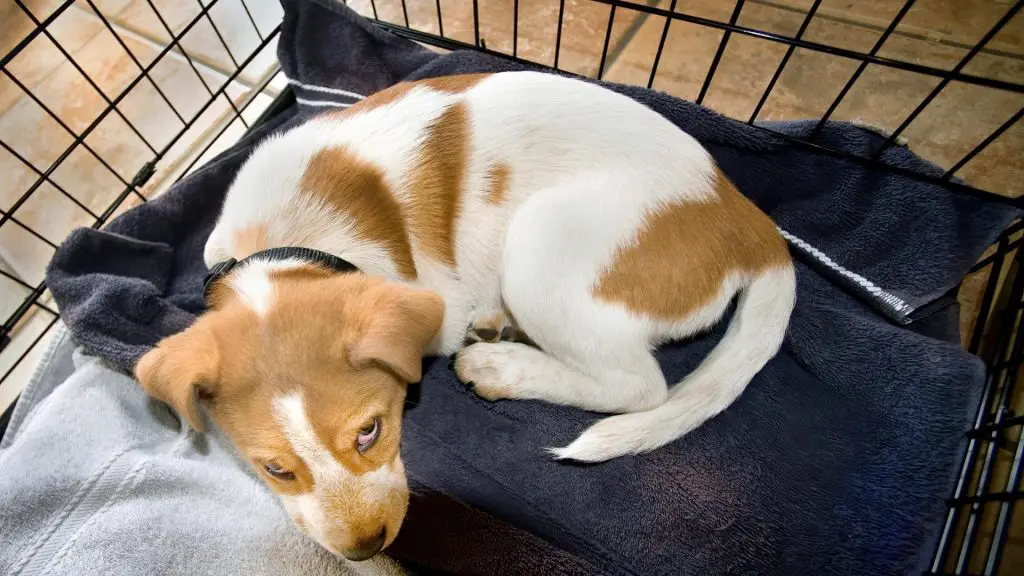
- Start by introducing your dog to the crate gradually. Let your dog explore the crate on their own and give them treats and praise when they go inside. You can also start by feeding your dog meals in the crate.
- Once your dog is comfortable going into the crate, start closing the door for short periods of time. Start with just a few seconds and gradually increase the amount of time you leave your dog in the crate.
- When you're leaving the house, make sure to give your dog a long walk or play session beforehand. This will help to tire them out and make them more likely to relax in the crate.
- Don't make a big deal about leaving or coming home. The goal is to make your departures and arrivals as stress-free as possible.
- Be patient and consistent with your crate training. It may take a few weeks or even months for your dog to fully adjust to being crated. Just keep at it and you'll eventually see results.
Here are some additional tips for crate training a dog with separation anxiety:
- Choose a crate that's the right size for your dog. The crate should be large enough for your dog to stand up, turn around, and lie down comfortably.
- Make the crate comfortable and inviting. Line the crate with a soft blanket or bed and provide your dog with some toys to keep them occupied.
- Don't use the crate as a punishment. The crate should always be a positive place for your dog to go.
- Never leave your dog in the crate for too long. The maximum amount of time you should leave your dog in the crate is four hours.
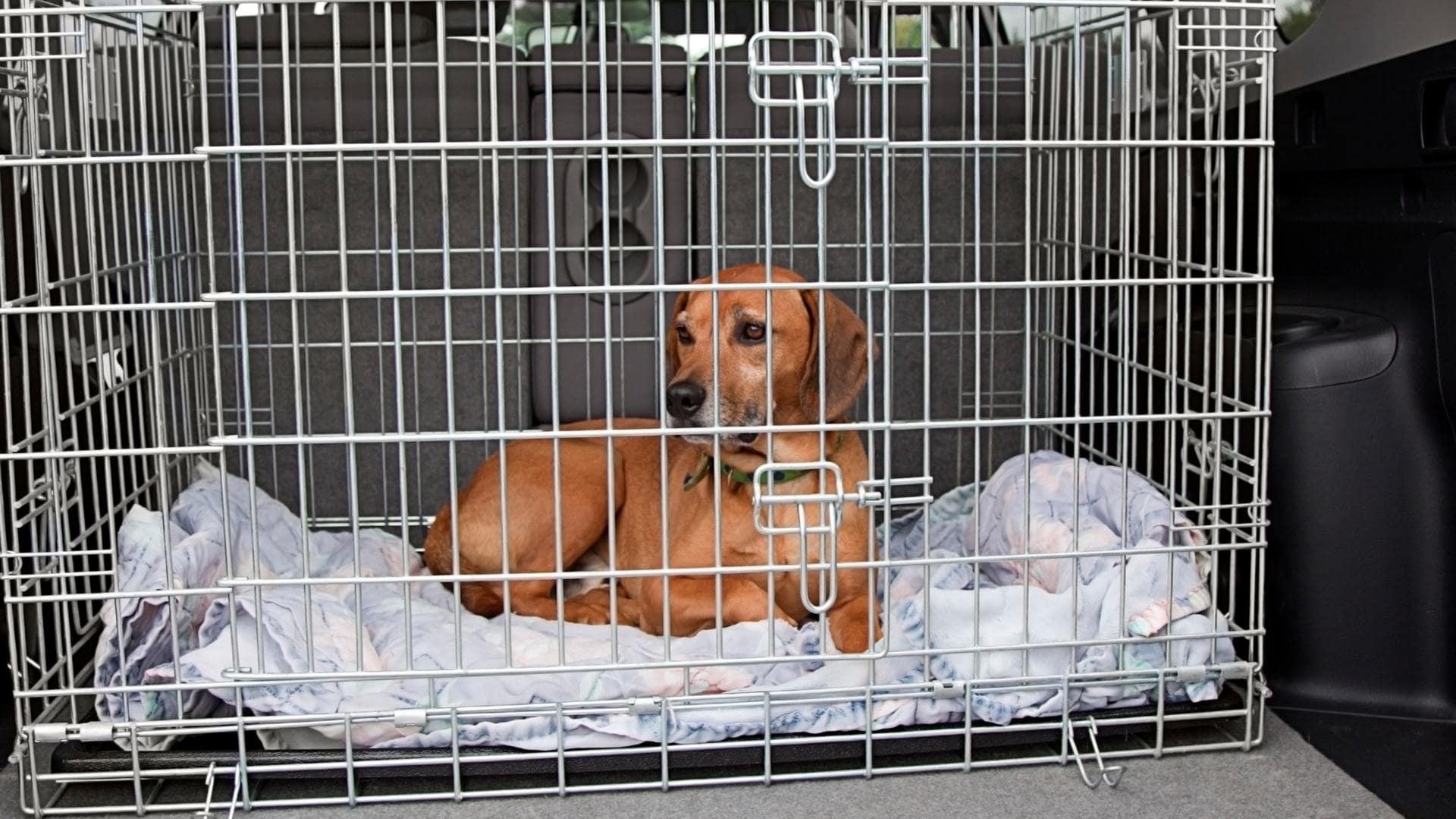
If you're having trouble crate training your dog with separation anxiety, you may want to consider working with a professional dog trainer. A trainer can help you develop a customized training plan that will meet your dog's individual needs.
Crate training can be a very effective way to help dogs with separation anxiety. By following these tips, you can help your dog learn to relax and enjoy being crated, even when you're not home.
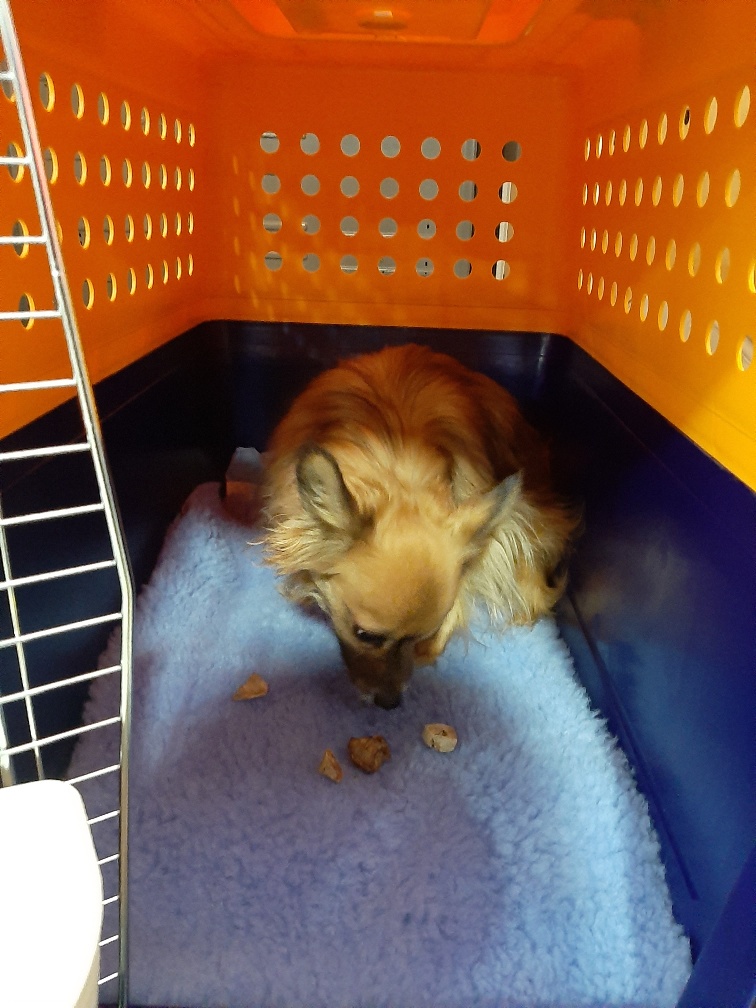
Additional Resources
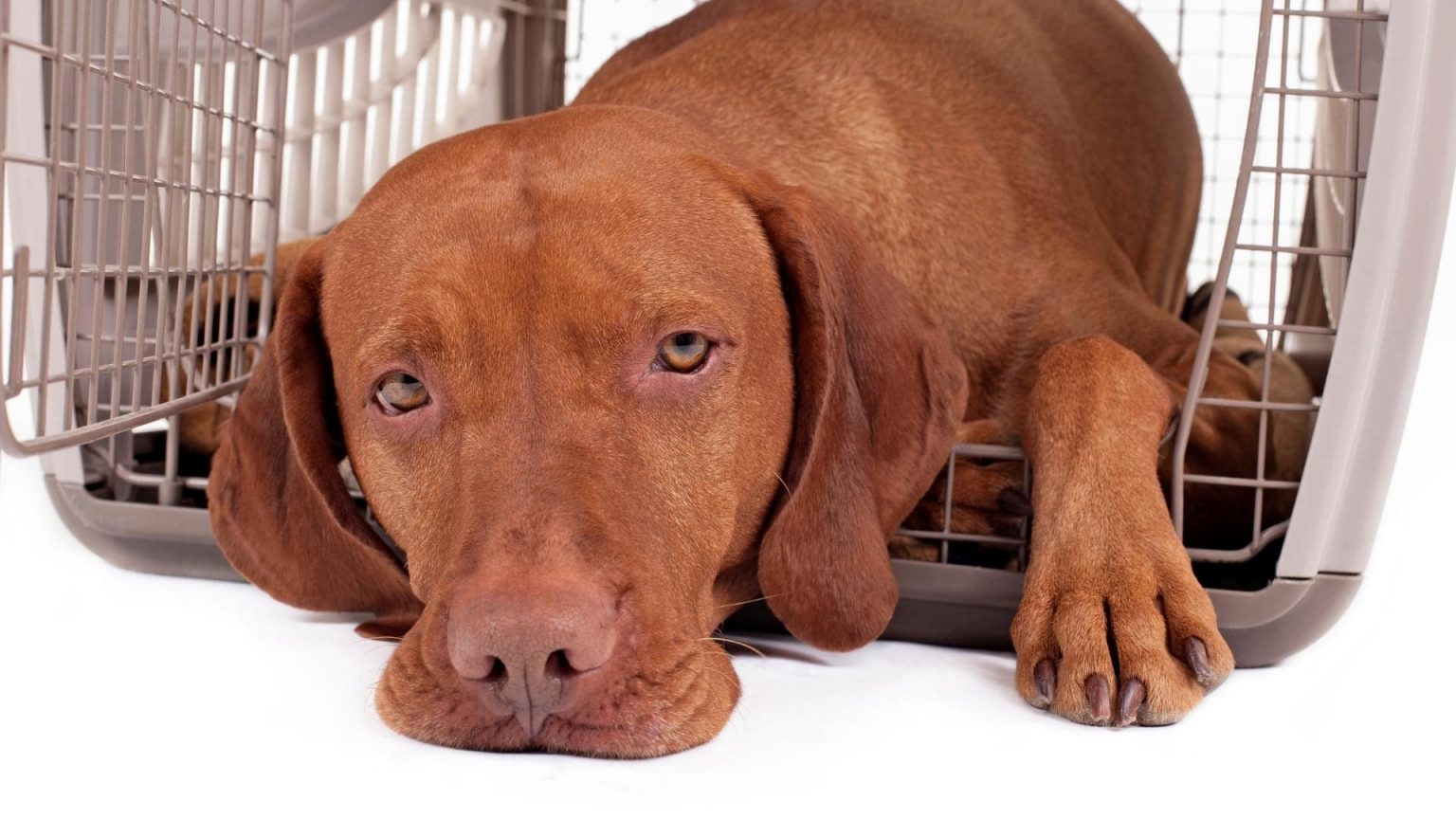
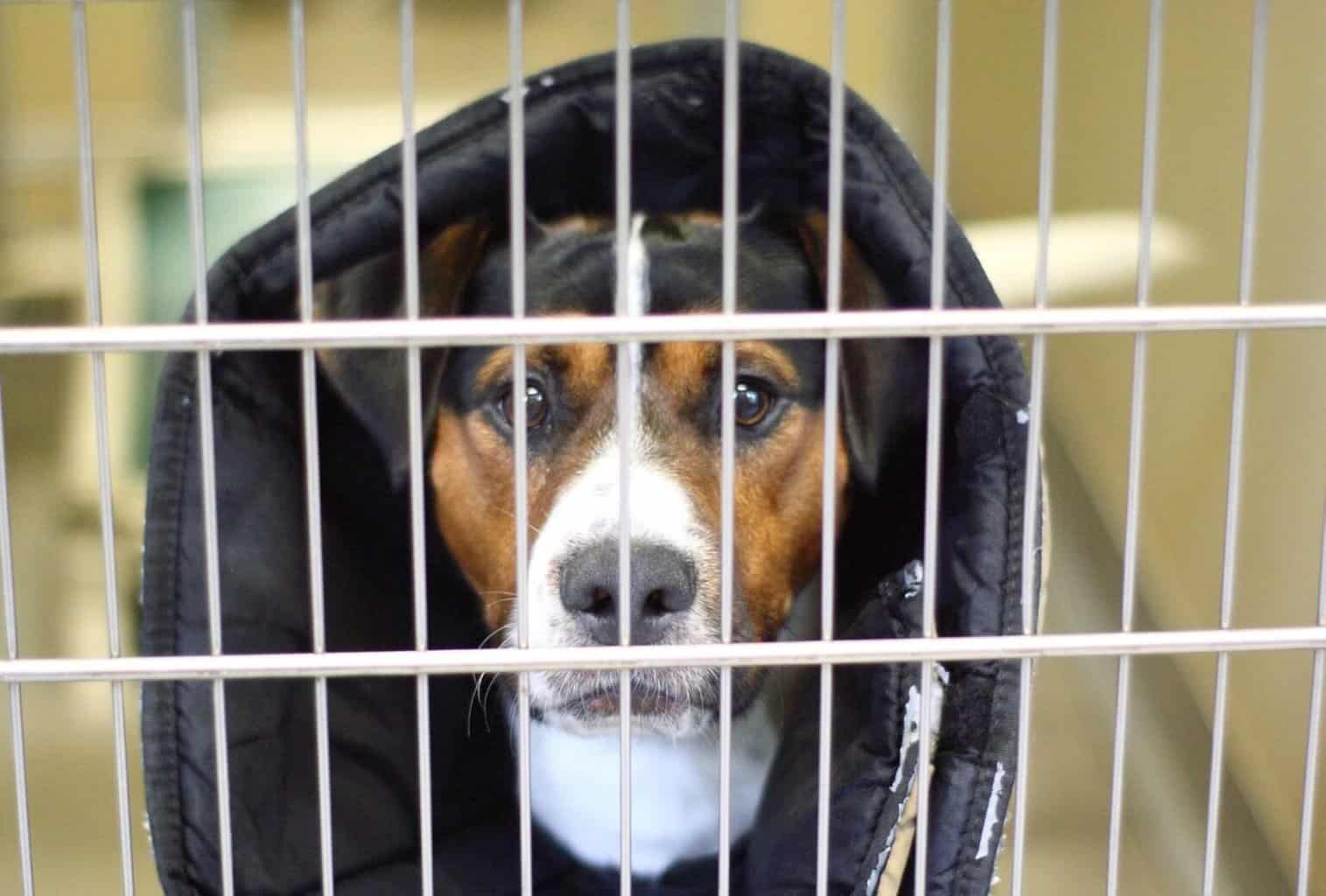
- The American Kennel Club's guide to crate training
- The Humane Society's guide to crate training
- PetMD's guide to crate training
Thank you for exploring our website by how to crate train dog with separation anxiety. Your presence fuels our commitment to excellence. Come back for a more enriching experience!
